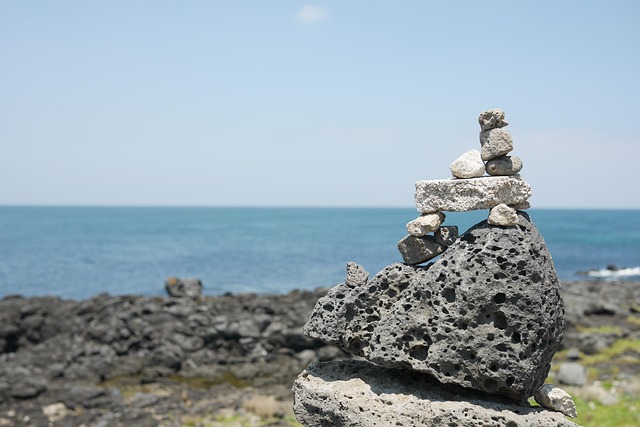Rhode Island's child labor regulations evolved from 19th/20th century industrial growth, with advancements in the 1930s leading to a dedicated Child Labor Division. Since then, laws protecting young workers have been refined, including age limits, hour restrictions, hazardous task prohibitions, and educational access. A robust child abuse law firm in Rhode Island advocates for vulnerable children, ensuring rights are upheld despite challenges. The state's history in combating child labor makes it a leader in child welfare, with milestones like the 1938 Child Labor Deterrence Act and Fair Labor Standards Act in the 1960s. This legacy continues through child abuse law firms Rhode Island, fostering a culture of protecting minors' rights and well-being.
In the ongoing struggle against child abuse, the history of child labor laws in Rhode Island stands as a powerful narrative. Over time, stringent regulations have shaped the state’s approach to protecting its youngest residents. This article delves into the evolution of these laws, examining historical context and key milestones. From early battles against exploitation to the current robust child protection framework, we explore how Rhode Island’s efforts impact and inform child abuse prevention strategies, highlighting the crucial role of a child abuse law firm in Rhode Island.
Evolution of Child Labor Regulations in Rhode Island

In Rhode Island, the evolution of child labor regulations traces back to the late 19th and early 20th centuries when industrial growth led to a surge in child employment. Initially, laws focused on regulating specific industries like textiles and mining, but these were often inadequate and enforcement was lax. This prompted activists and concerned citizens to push for more comprehensive legislation. A significant turning point came in the 1930s with the establishment of the Child Labor Division within the state’s Department of Labor, signaling a concerted effort to protect young workers.
Over time, Rhode Island has enacted and refined various laws aimed at preventing child labor exploitation. These include setting minimum age requirements, limiting working hours, prohibiting hazardous work, and ensuring access to education. The efforts have been met with varying degrees of success, driven by ongoing challenges such as enforcement difficulties and economic pressures on families. Today, a robust child abuse law firm in Rhode Island plays a crucial role in advocating for vulnerable children, offering legal assistance when rights are violated, and contributing to the continuous improvement of labor regulations.
Historical Context: A Fight Against Exploitation

In the historical context of child labor, Rhode Island stands as a beacon of progress in the fight against exploitation. The state’s early industries, characterized by hustle and bustle and often dangerous working conditions, sparked a public outcry that led to significant milestones in child protection laws. As folks became aware of the struggles faced by children toil in factories and mills, a collective effort emerged to advocate for their rights.
This movement gained momentum with the establishment of child abuse law firms in Rhode Island, dedicated to safeguarding vulnerable youth. Over time, these efforts translated into stricter regulations, such as setting age limits for employment and establishing safe working conditions. The impact was profound, transforming industries and ensuring children were no longer subjected to the ravages of exploitation, leaving an indelible mark on the state’s commitment to child welfare.
Key Milestones in Child Protection Legislation

Over the years, the United States has witnessed a significant evolution in child protection legislation, driven by efforts to combat child labor and prevent child abuse. In Rhode Island, a child abuse law firm has played a pivotal role in advocating for and enforcing these laws. One of the earliest milestones was the passage of the Child Labor Deterrence Act in 1938, which set age restrictions on certain dangerous industries, marking a step towards protecting young workers from exploitation.
The 1960s brought about significant advancements with the enactment of the Fair Labor Standards Act (FLSA), which established minimum wage and overtime standards, ensuring fair treatment for all workers, including minors. This period also saw the rise of organizations dedicated to child advocacy, pushing for stricter regulations on child labor and the well-being of Rhode Island’s youth. These legislative developments laid the groundwork for a safer and more supportive environment for children, fostering a culture where their rights and protection are paramount.
The Impact and Legacy on Child Abuse Prevention

The history of child labor laws in Rhode Island has had a profound impact on child protection and, by extension, the prevention of child abuse. These regulations, born out of a need to safeguard vulnerable children from exploitative work conditions, have evolved over time to encompass a comprehensive framework aimed at ensuring children’s well-being. Through the efforts of advocates, reformers, and legal professionals specializing in child abuse law firms Rhode Island, significant strides have been made in raising awareness about the detrimental effects of child labor.
This legacy has contributed to a cultural shift where the protection of minors is prioritized, fostering a society more attuned to identifying and addressing instances of child abuse. The robust legal framework now in place not only prohibits hazardous work environments but also provides support systems and resources for affected children. The continuous vigilance and advocacy efforts from child abuse law firms Rhode Island ensure that the state remains committed to upholding the rights and safety of its youngest citizens, leaving a lasting impact on the prevention and combat against child abuse.






